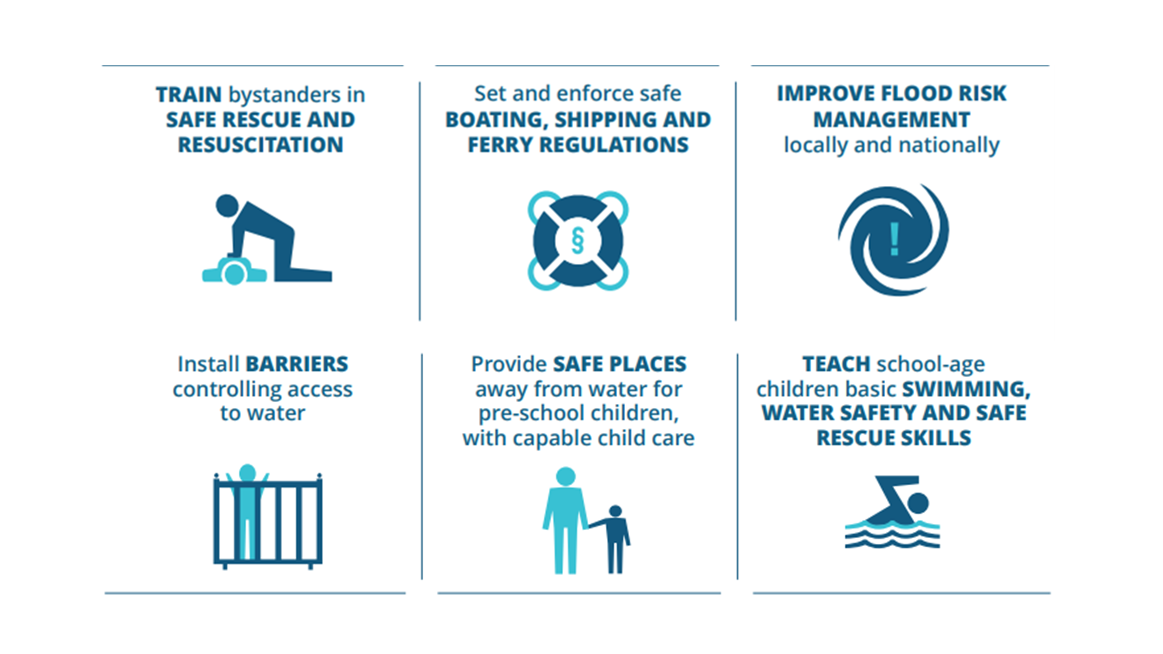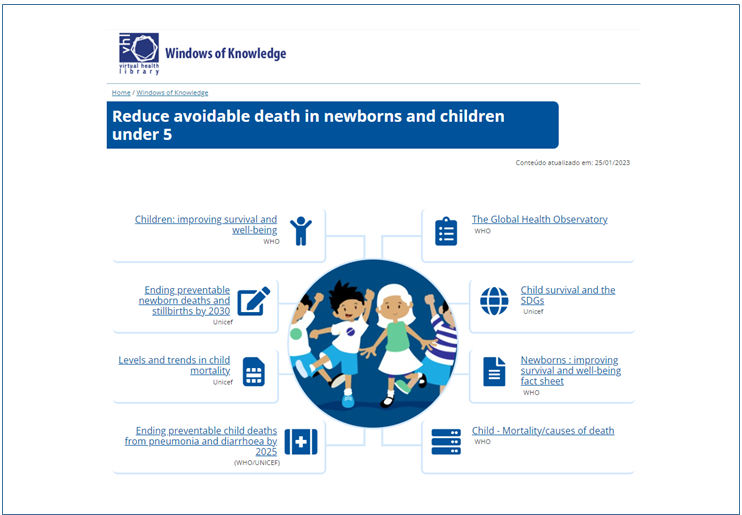Globally, drowning is one of the leading causes of death for children and young people aged 1-24 years; an estimated 200,000 drowning deaths occur each year. More than 90% of cases occur in low- and middle-income countries, and children under five are the most vulnerable to risk. Considering the high human, social and economic cost of these entirely preventable losses, the Pan American Health Organization’s 2023 campaign maintains efforts to address drowning from a public health perspective.
In an online event held for World Drowning Prevention Day on 25 July, governments, UN agencies, civil society organizations and other global drowning prevention partners gathered to share updates from global partners on innovative, cross-cutting approaches to reducing drowning in countries.
This was the first celebration after the 76th World Health Assembly adopted a resolution to address the problem in a coordinated manner among member countries. At the time, WHO released a feasibility study indicating that greater global investment in drowning prevention could prevent the deaths of up to 774,000 children from this cause by 2050.

Two initiatives were also announced on the occasion: the establishment of the WHO Global Alliance for Drowning Prevention and the launch of the report “Hidden Depths: the global investment case for drowning prevention“. Combined, the actions are expected to accelerate the implementation of preventive measures, especially in countries facing high drowning rates. In the Americas, countries in the Caribbean region, especially Haiti and Guyana, are the focus of attention.
The effort of health agencies, including PAHO’s awareness campaign, is to increase knowledge and awareness in communities about the health and economic benefits that can result from implementing cost-effective, evidence-based interventions to prevent drowning deaths. The campaign emphasizes six low-cost interventions for drowning prevention in the Americas. These include: installing physical barriers to control access to the water, direct child observation with trained caregivers, and teaching school-age children basic swimming skills.
With the support of PAHO/WHO, BIREME develops information sources in various areas that relate to the 2030 Agenda for sustainable human development and health. In our collection of Windows of Knowledge, there’s access to relevant information to the eradication of preventable child mortality (SDG 3 Target 3.2 – Reduce preventable deaths in newborns and children under 5), in a comprehensive approach to the promotion of health and well-being in the early childhood age group.
In particular, the window dedicated to the reduction of preventable mortality in children under five years of age provides a series of information products for the prevention of drowning and other risk factors. These are technical documents from WHO, UNICEF and the VHL Regional Portal, gathered by BIREME to facilitate research and decision-making in health. Search strategies are also available to support meeting, for example, specific targets for child health in the following themes: Non-communicable Diseases, Healthy Environment, Nutrition, Neonatal Health Care and Infections.
Links of interest:
World Drowning Prevention Day 2023
Window of Knowledge – Reduce avoidable death in newborns and children under 5

